Building a fire pit shouldn’t mean playing with fire—literally. Many DIY enthusiasts and even contractors face headaches with unstable structures, non-compliance with local codes, and stones that simply don’t last. A well-built loose stone fire pit, however, can transform your patio into the ultimate cozy retreat.
This guide provides a step-by-step approach to crafting a safe and durable fire pit. We’ll cover everything from selecting the right heat-resistant stones—like granite or basalt available from trusted suppliers such as Top Source Slate—to mastering essential maintenance for years of enjoyment. Plus, we’ll share often-overlooked tips on code compliance, ensuring your project is all good from start to finish.
Planning and Preparing for Your Loose Stone Fire Pit:
So, you wanna build a loose stone fire pit? Awesome! But before you start lugging stones and getting your hands dirty, let’s make sure you have a solid plan. This chapter is all about laying the groundwork for a fire pit that’s not only gorgeous but also safe and built to last. Think of it as your pre-game huddle before the big construction play. We’re gonna cover everything from picking the right stones to prepping your site and understanding those sometimes annoying (but super important) local codes.
“Using the right stones and proper site preparation are crucial for a safe and long-lasting loose stone fire pit.”
-
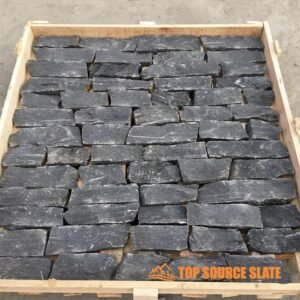 Wholesale black quartzite dry stack random cladding
Wholesale black quartzite dry stack random cladding -
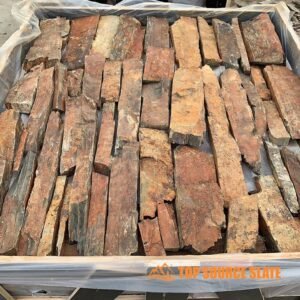 Best quality dry stack stone wall cladding
Best quality dry stack stone wall cladding -
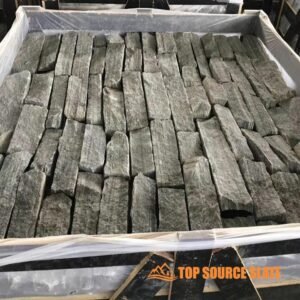 Factory direct sale cheap loose stone wall cladding
Factory direct sale cheap loose stone wall cladding -
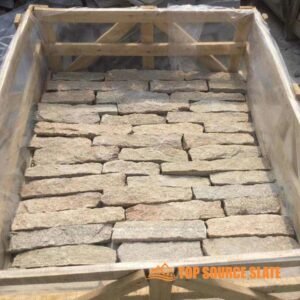 Factory direct random natural stone wall cladding
Factory direct random natural stone wall cladding -
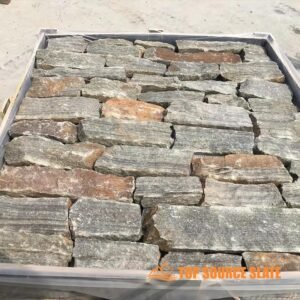 Exterior decorative loose dry stack ledge stone cladding
Exterior decorative loose dry stack ledge stone cladding -
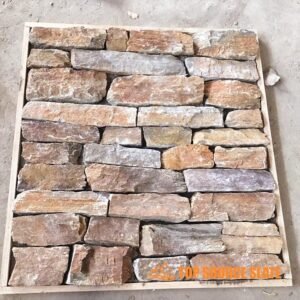 China supplier irregular wall cladding stone veneer
China supplier irregular wall cladding stone veneer -
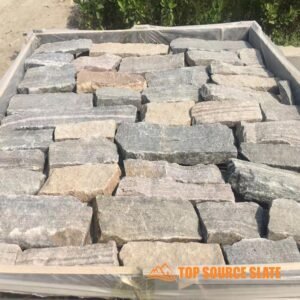 China manufacturer exterior natural loose stone wall cladding
China manufacturer exterior natural loose stone wall cladding -
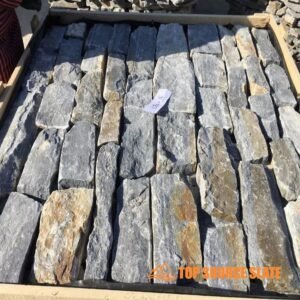 China manufacturer loose ledge stone natural stone veneer
China manufacturer loose ledge stone natural stone veneer
-
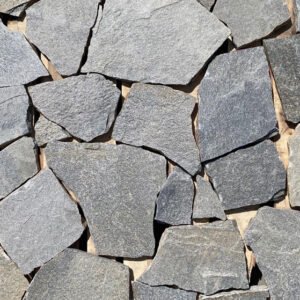 Natural split face grey quartzite random loose stone wall cladding
Natural split face grey quartzite random loose stone wall cladding -
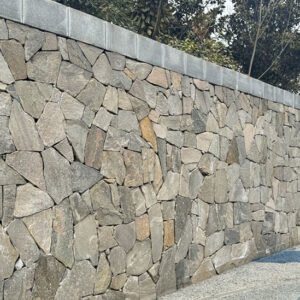 Natural Quartzite Random Irregular Stone Panel Tiles For Wall Cladding
Natural Quartzite Random Irregular Stone Panel Tiles For Wall Cladding -
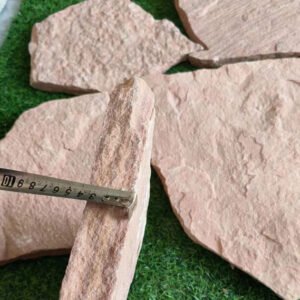 Wholesales Pink Sandstone Random Loose Stone Cladding
Wholesales Pink Sandstone Random Loose Stone Cladding -
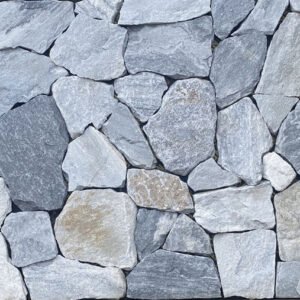 Wholesales Blue Quartzite Random Loose Stone Tile for wall cladding
Wholesales Blue Quartzite Random Loose Stone Tile for wall cladding -
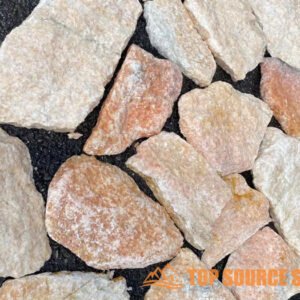 Natural random loose stone for interior and exterior wall cladding
Natural random loose stone for interior and exterior wall cladding -
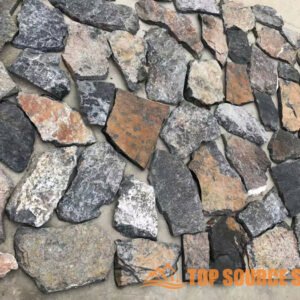 Random Exterior Natural Stone Loose Stone Veneer Wall Cladding Decoration
Random Exterior Natural Stone Loose Stone Veneer Wall Cladding Decoration -
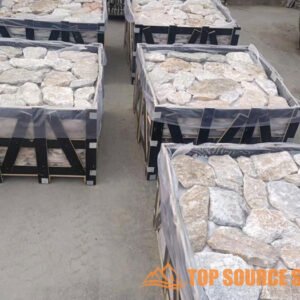 Natural Irregular Random Loose Stone Cladding Veneer
Natural Irregular Random Loose Stone Cladding Veneer -
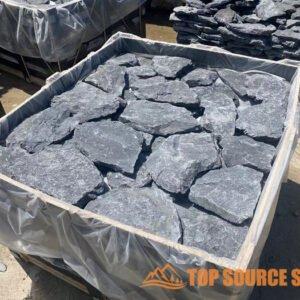 China Factory Supply Outdoor Natural Random Loose Stone Wall Cladding Tiles
China Factory Supply Outdoor Natural Random Loose Stone Wall Cladding Tiles
Choosing the Right Stones: Heat Resistance, Style, and Durability
First things first, let’s talk stones. Not all stones are created equal, especially when it comes to fire. You’ll want to choose stones that can handle the heat without cracking or exploding – yikes! Granite and basalt are great options because they’re super heat-resistant. Plus, they look pretty sweet. When considering your stone fire pit design, think about the style you’re going for. Do you want a rustic, natural look? Or something more modern and sleek? Top Source Slate offers awesome customization options, so you can get the perfect color and pattern to match your patio. They’ll get the rocks shipped directly from their factory. It takes about 20-30 days for delivery.
Site Selection: Finding the Perfect Spot for Safety and Aesthetics
Location, location, location! When it comes to your loose stone fire pit, where you put it matters. A lot. You want to make sure it’s far away from anything flammable, like trees, fences, or your house. A good rule of thumb is at least 10 feet. Also, think about the wind. You don’t want smoke blowing into your neighbor’s window or right back at you. Consider the view, too! A fire pit is a great gathering spot, so pick a place that’s both safe and visually appealing.
Preparing the Foundation: Clearing, Leveling, and Adding a Gravel Base
Alright, let’s get down to the nitty-gritty. Before you start stacking stones, you need a solid foundation. First, clear the area of any grass, roots, or debris. Then, level the ground. This is super important because you don’t want your fire pit to be lopsided. Next, add a layer of gravel. This will help with drainage and prevent your fire pit from sinking into the ground over time. Aim for a gravel base that’s about 4-6 inches thick. Tamp it down to create a nice, even surface.
Understanding Local Codes: Compliance to Avoid Costly Mistakes
Okay, this might not be the most exciting part, but it’s crucial. Before you build anything, check your local building codes. Seriously. Some areas have restrictions on the size, location, or even the type of fire pit you can build. Ignoring these codes can lead to some pretty hefty fines or even having to tear down your fire pit. Nobody wants that! A quick call to your local building department can save you a ton of headaches down the road. It’s always better to be safe than sorry, ya know?
Top Source Slate brings over 15 years of expertise in the stacked stone industry, focusing on international trade. We aim to help clients achieve maximum value by minimizing costs without compromising quality. We approach every partnership with sincerity and professionalism, working to make our clients feel like family. Backed by a dedicated and skilled team, we’re here to overcome challenges and find innovative solutions.
Stone Fire Pit Material Comparison Table
| Stone Type | Heat Resistance | Durability | Aesthetic | Cost (per ton) |
|---|---|---|---|---|
| Granite | Excellent | Excellent | Modern, Varied Colors | $150 – $300 |
| Basalt | Excellent | Excellent | Dark, Uniform | $200 – $350 |
| Limestone | Good | Good | Classic, Light Colors | $100 – $200 |
| Sandstone | Fair | Fair | Rustic, Earthy Tones | $80 – $150 |
| Slate | Good | Excellent | Layered, Unique Texture | $120 – $250 |
Note: Prices are estimates and can vary based on location and supplier. Heat resistance is a key factor influencing the choice of materials. Always check local building codes before starting your loose stone fire pit project to ensure full compliance. Durability affects the long-term maintenance and replacement costs associated with the fire pit.
So, there you have it! With a little planning and preparation, you’ll be well on your way to building a loose stone fire pit that’s both beautiful and safe. Now, let’s get those hands dirty! This is gonna be da bomb!
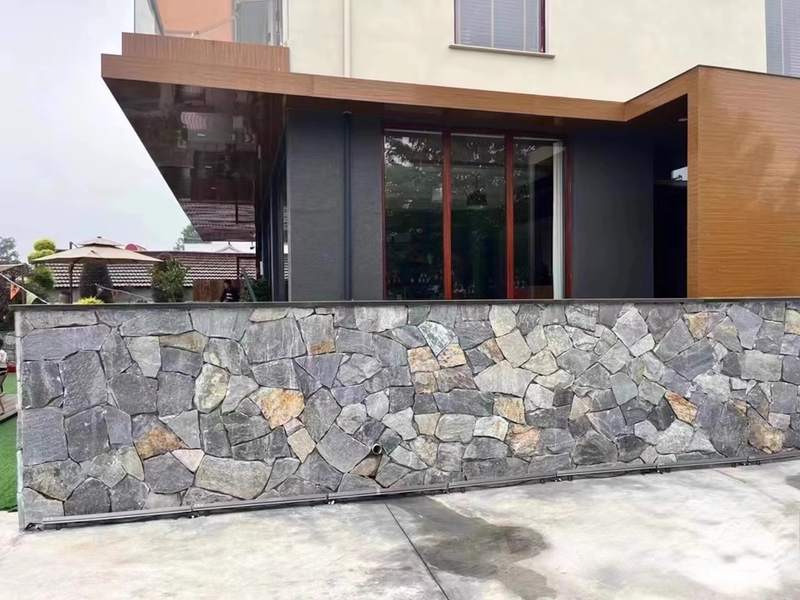
Building and Maintaining Your Loose Stone Fire Pit: A Step-by-Step Guide
Alright, you’ve planned it, you’ve prepped it, now it’s time to build that loose stone fire pit! This chapter is your hands-on guide to turning those stones into a backyard masterpiece. But it’s not just about stacking rocks; we’re talking safety, durability, and making sure your fire pit looks awesome for years to come. Plus, we’ll dive into some maintenance tips to keep your fire pit in tip-top shape. Think of this as your construction manual and care guide all in one.
“Proper construction and regular maintenance are key to ensuring the safety and longevity of your loose stone fire pit.”
Step-by-Step Construction: Stacking Stones and Adding a Fire Ring
Let’s get started! Begin by placing your first layer of stones around the perimeter of your prepared base. Make sure each stone is stable and level. Stagger the joints between each layer, like you’re building a brick wall. This will add strength and stability to your fire pit. As you build, gradually angle the stones inward slightly to create a gentle slope. This will help contain the fire and prevent stones from falling outward. Once you’ve reached your desired height (usually around 12-18 inches), add a fire ring. A fire ring is a metal insert that protects the stones from direct heat and helps contain the flames. Place the fire ring inside the fire pit, making sure it’s centered.
Enhancing Durability: Tips for Staggered, Mortar-Free Assembly
For a durable DIY loose stone fire pit, avoid using mortar. Mortar can crack and crumble over time due to the heat and weather. Instead, focus on creating a tight, stable fit between the stones. Staggering the joints is key to this. Also, choose stones that are relatively flat and uniform in size. This will make it easier to create a level, stable structure. Consider using smaller stones to fill in any gaps between the larger stones. This will help prevent air from getting in and fueling the fire too quickly. Top Source Slate’s precision-cut stone panels are designed for easy, secure stacking, making the assembly process even smoother.
Safety Features: Clearance, Fire Rings, and Wind Considerations
Safety first! Make sure your fire pit is at least 10 feet away from any flammable materials, like trees, fences, or your house. Use a fire ring to protect the stones from direct heat and contain the flames. Consider the wind direction when building your fire pit. You don’t want smoke blowing into your neighbor’s window or right back at you. If it’s a windy day, avoid using your fire pit altogether. Always have a fire extinguisher or a bucket of water nearby in case of emergencies.
Maintenance Must-Knows: Cleaning Ash, Inspecting Stones, and Re-Leveling
To keep your fire pit looking great and functioning safely, regular maintenance is a must. After each use, clean out any ash or debris from the fire pit. This will prevent it from building up and becoming a fire hazard. Inspect the stones regularly for any cracks or damage. Replace any damaged stones as soon as possible. Over time, the stones may shift or settle, causing the fire pit to become uneven. Re-level the stones as needed to maintain a stable, safe structure. A little bit of maintenance can go a long way in extending the life of your fire pit.
Top Source Slate is committed to quality and affordability. Our precision-cut stone panels and rigorous quality control ensure that your fire pit will not only look amazing but also stand the test of time. We aim to provide contractors and homeowners with long-term value through our products.
Fire Pit Maintenance Schedule
| Task | Frequency | Tools Needed | Estimated Time | Notes |
|---|---|---|---|---|
| Ash Removal | After each use | Shovel, Bucket | 5-10 minutes | Allow ashes to cool completely before removing. |
| Stone Inspection | Monthly | None | 10-15 minutes | Check for cracks, chips, or loose stones. |
| Re-Leveling | As needed | Level, Shovel, Gravel | 30-60 minutes | Add gravel to low spots and re-adjust stones. |
| Fire Ring Cleaning | Annually | Wire Brush, Soap, Water | 20-30 minutes | Remove rust and debris to maintain efficiency. |
| Surrounding Area Clearing | Weekly | Rake, Shovel | 10-15 minutes | Remove debris and flammable materials to ensure safety. |
Note: Regular maintenance increases the lifespan of your loose stone fire pit and ensures a safe environment. Check for local regulations regarding ash disposal.
And there you have it! A safe, sturdy, and stylish loose stone fire pit that’s ready for some good times. Now go fire it up and enjoy! Remember, a little care goes a long way in keeping your fire pit looking and performing its best.
Conclusion
Building a loose stone fire pit is more than just stacking rocks—it’s about creating a space where memories are made and evenings are savored. From my years at Top Source Slate, I’ve learned that the key is in the planning and the materials. Choosing the right stone, ensuring proper drainage, and keeping safety in mind transforms a simple fire pit into a backyard centerpiece.
As someone dedicated to quality and client success, I’ve seen firsthand how the right materials can make all the difference. It’s not just about aesthetics; it’s about durability and safety, ensuring that your fire pit stands the test of time. That’s why we focus on providing precision-cut stone panels designed for easy assembly and lasting value.
So, fire it up and enjoy those cozy nights! With a little care and the right approach, your fire pit will be the go-to spot for years to come.


